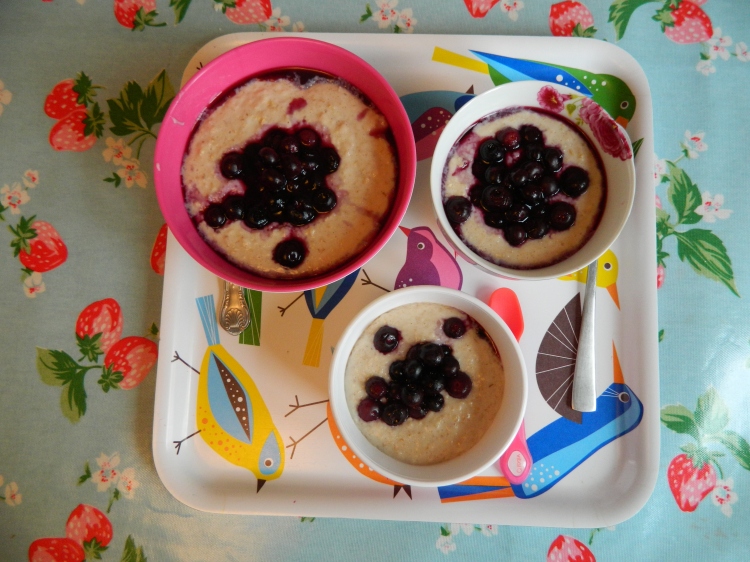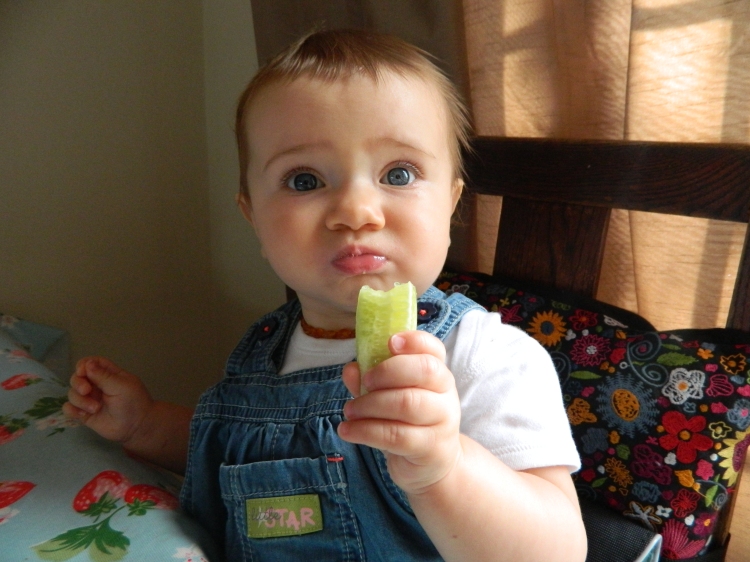Toddler trials and tribulations and avoiding them at mealtimes
My two year old is very wilful which I love. Why would I ever want her to be a compliant follower? I want her to be fierce and strong and kind too.
We have tantrums and frustrations regularly. Quite often over getting undressed, “I want to do it” she tells me through cries and stamping her feet. it’s tricky to try and get your elbow out of a sleeve isn’t it!
Parenting makes me want to be the best person I can. In the midst of these moments I try and draw on strength to keep the boundaries in place with kindness so I am doing so with an understanding heart. That way I hope teach my children how to be strong and kind too.
If the boundaries are allowed to be pushed we end up in a power struggle where no one wins, and I don’t want to go there.
But I’m not moaning, because most of the time, she’s just about perfect to me.
Food
This is the age (usually from around 18 months depending on the child) when fussy or picky eating can start. And this is what’s happening for me! So I am having to remind myself of the basic advice that I usually give to parents. It’s pretty simple.
Start as you mean to go on
As long as your little one has been able to play and explore food from weaning age, had a wide variety of different (unprocessed) healthy foods, not been given salty/sugary foods regularly, then fussy eating shouldn’t be a problem long term.
From what I have experienced, children who have only ever been spoon fed (no finger food) and especially readymade meals can tend to be fussy eaters. Imagine if all that you’ve eaten has always had similar taste and texture and you’re not used to touching food. You would be a fussy eater too.
Whether you wean traditionally with a combination of finger food and purees/mashed food or go down babbled weaning route, either of these approaches will give your little one a good start.
If your child won’t eat veg at all, there is a great resource designed by Dr Lucy Cooke at UCL. The pack is called Tiny Tastes and costs £7.99 including p&p. It’s been evaluated and the results, showed this approach had positive impact on children’s eating habits. Findings were published in the peer reviewed journals including the Academy of Nutrition and Dietetics and Psychology Science. For extreme fussy eating you need to speak to your GP who can refer you to your local dietetics service.
New foods
Up until around 18 months babies are open to trying new foods. Research shows that giving a new food once in the first year can double a baby’s intake of that food when a parent offers it again at mealtime.*
When toddlers start to walk and become more mobile, some develop neophobia (a fear of new foods). Academics think that young children have evolved in this way to prevent them from eating toxic or poisonous substances that they might come across in their immediate environment. So any food that they do not recognise as ‘normal food’ is seen as a potential danger and is a means to protect them from being poisoned. It tends to peak at between 2 and 6 years old but older children can be neophobic , particularly if parents/carers limit the variety of foods they eat.**
So you have about a year from weaning to introduce as many different foods as possible. And as much as possible.
Food refusal
For some children refusing to eat food they’ve happily eaten before is a great way to get your attention. So don’t give too much, just tell them it would be great if they do eat it. And if they do give them lots of praise and if they don’t then take the plate away at the end of mealtime without saying anything. Vying for attention with a sibling can be another motivation.
Sometimes too, it can be a way to exert their independence.
It’s all about taking the charge away from food (i.e. keep it neutral) so that it’s not something they can use to get a reaction out of you.
I do find this particularly hard, I pretty much cook from scratch all the time, so when food’s pushed away, I have to keep a poker face.
If your child refuses to eat their main meal then do offer them a pudding, as again this keeps things neutral. You just need to make it something that nutritious! So something that’s fruit based and/or dairy based. And not high in sugar, that’s right, not high in sugar!
Never withhold food as a punishment.
Also if they’re hungry just before bed and this is may be due to not eating enough at teatime, then make them something plan like bread and butter.
Refusing old favourites
Sometimes children will suddenly hate or dislike something they’ve happily eaten for ages. It’s possible their tastes have changed, but sometimes it can be a way to get attention/exert independence. So the best thing to do is still offer the food, a little on their plate (not touching other foods if need be!) and praise them if they eat it or take it away at the end of the meal without comment if they don’t.
Try it
If they tell you they don’t like something or they won’t eat it. Just suggest they try it and that they don’t have to eat it, just trying is enough.
Peers
Research shows that when children eat with their peers their more likely to try previously refused foods. Lots of parents will find children happily eat foods at nursery that they refuse at home, part of the reason for this can be because their being influenced by other children. So if you know any children who eat really well get them round for tea!
Childcare
A good barometer is what your child eats with other people. If your childminder or nursery tells you that they eat well, then there may be a power play going on at home. So look for ways to address it.
Boundaries
So try not to change the foods you’re giving them, don’t offer more appealing (salty/sugary) foods because you know they’ll eat them happily. This way they’ll just learn that if they refuse the healthy stuff they’ll be offered the treat stuff.
It can be so tricky – last week the toddler had molars coming through too which added another reason not to eat.
Writing this has helped remind me of what I need to do, if you’ve got any other ideas of things that help you please comment – its always good to hear about other people’s experiences and ideas!!
*Reference quoted in a section I contributed to Soil Association’s Nursery Food Report : Birch et al (1998). Development of eating behaviours among children and adolescents. Pediatrics, 101, 539-549. Quoted in Dovey TM et al. Food neophobia and ‘picky/fussy eating in children: A review. Appetite (2007) doi:10.1016/j.appet,2007,09.009.
**Reference again quoted in Soil Association’s Nursery Food Report : Rozin P, (1979) Preference and affect in food selection in JHA Kroeze (Ed). Preference, behaviour and chemoreception (pp 289-297) .



